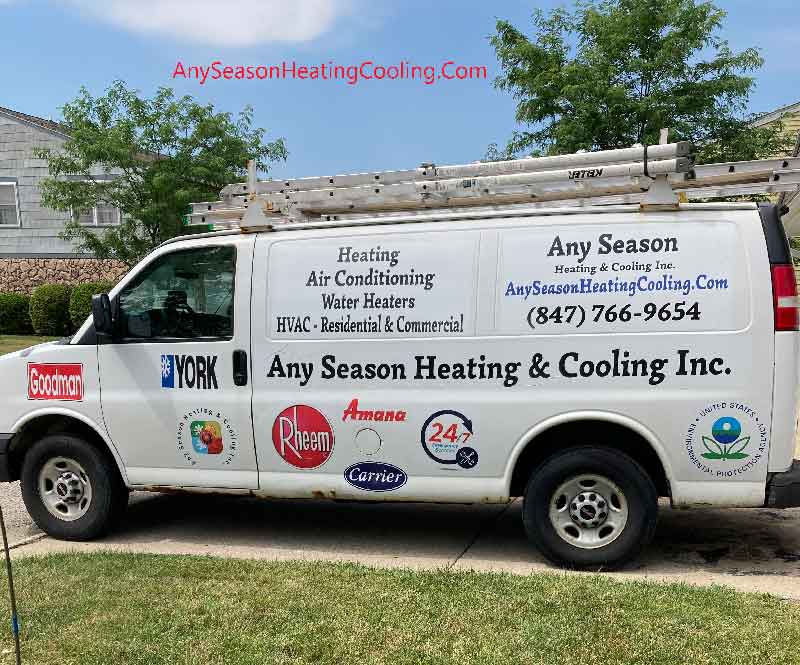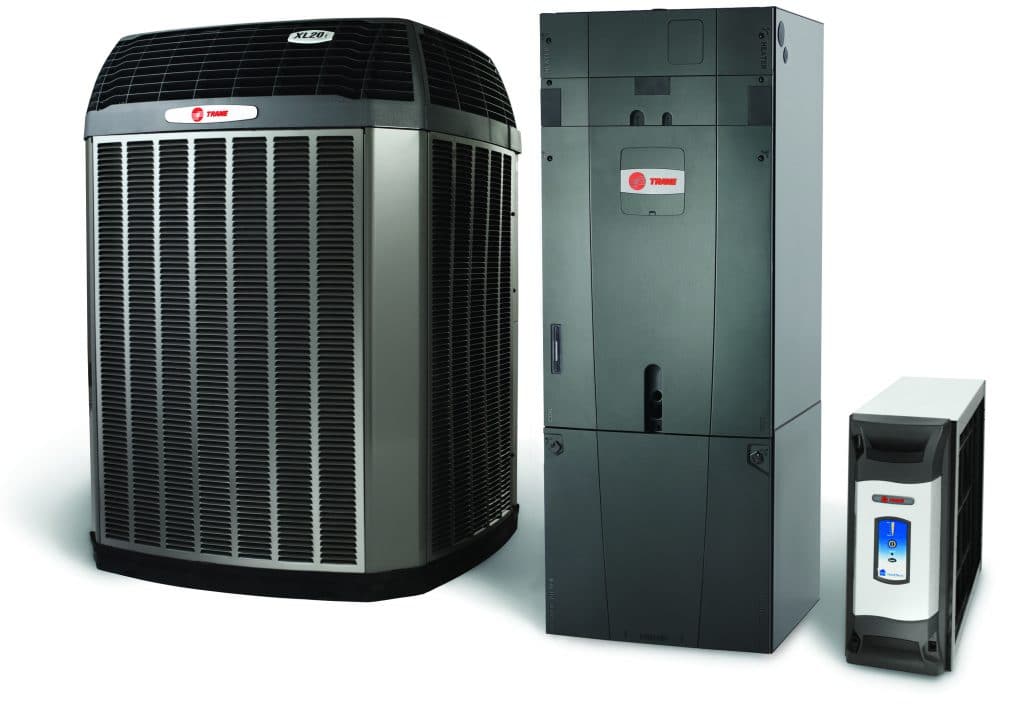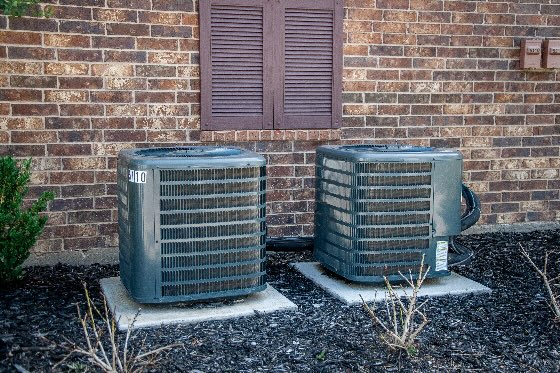Best Heating And Cooling Company Near Me

Finding yourself searching for "Best Heating and Cooling Company Near Me" usually means something has gone wrong with your HVAC system. One of the most common issues homeowners face is a sudden failure of their furnace during the colder months. This article will guide you through basic troubleshooting steps you can take *safely* before calling a professional.
Troubleshooting a Furnace That Won't Turn On
Before reaching for your phone, let's try some easy checks. It could save you time and money!
Step 1: The Obvious – Check the Thermostat
Start with the simplest thing. It's easy to overlook!
- Is the Thermostat On and Set Correctly? Make sure the thermostat is set to "Heat" and the temperature is higher than the current room temperature. Sometimes it gets accidentally switched to "Cool" or turned off.
- Check the Batteries. A surprising number of thermostat problems come down to dead batteries. Replace them with fresh ones and see if that resolves the issue.
- Test the Fan. Set the thermostat to "Fan On" (rather than "Auto"). Does the fan run? If not, the thermostat could be the problem.
Step 2: Power Supply Verification – Safety First!
Next, confirm the furnace is actually receiving power. Electricity can be dangerous, so exercise extreme caution. If you are uncomfortable working with electricity, skip this step and call a professional.
- Check the Circuit Breaker. Locate the breaker for your furnace in your electrical panel. It's usually labeled. Make sure it hasn't tripped. If it has, flip it to the "Off" position, wait a few seconds, and then flip it back to the "On" position.
- Inspect the Furnace Switch. Many furnaces have a dedicated on/off switch, often located on the side of the unit or near the entrance to the furnace room. Ensure it's in the "On" position. It might look like a regular light switch.
Step 3: Inspect the Furnace Filter
A dirty air filter is a very common cause of furnace problems. It restricts airflow, causing the furnace to overheat and shut down.
- Locate the Filter. The filter is usually located in a slot either in the furnace itself or in the return air duct leading to the furnace.
- Remove the Filter. Carefully slide out the old filter.
- Inspect the Filter. Is it visibly dirty and clogged with dust and debris? If so, it needs to be replaced.
- Replace the Filter. Use a new filter of the correct size and type. The size is usually printed on the side of the old filter. Make sure the arrow on the new filter points in the direction of airflow (towards the furnace).
Step 4: Check the Pilot Light (For Older Furnaces)
If you have an older furnace with a pilot light, it's possible the pilot light has gone out.
Important Safety Warning: Working with gas can be extremely dangerous. If you smell gas at any point, immediately evacuate your home and call your gas company or 911 from a safe location. Do not attempt to relight the pilot light if you smell gas.
- Locate the Pilot Light Assembly. This is usually located near the bottom of the furnace. Consult your furnace's owner's manual for the exact location.
- Follow the Lighting Instructions. Most furnaces have instructions printed on a label near the pilot light assembly. Follow these instructions carefully to relight the pilot light. You'll typically need to:
- Turn the gas control knob to the "Pilot" position.
- Press and hold the reset button while lighting the pilot with a long lighter or match.
- Continue holding the reset button for 20-30 seconds after the pilot light is lit.
- Release the reset button. The pilot light should stay lit. If it goes out, repeat the process.
- If the Pilot Light Won't Stay Lit. This could indicate a problem with the thermocouple, which is a safety device that senses the presence of the pilot light. A faulty thermocouple should be replaced by a qualified technician.
Step 5: Check the Blower Motor
The blower motor circulates air throughout your home. If it fails, the furnace may overheat and shut down. This is generally *not* a DIY fix, but you can perform a visual inspection.
- Locate the Blower Motor. This is usually a large, cylindrical motor located inside the furnace.
- Visual Inspection (Power Off!). Turn off the power to the furnace at the circuit breaker. Look for any obvious signs of damage, such as burnt wires, loose connections, or a bulging capacitor (a cylindrical component connected to the motor).
- If you see any signs of damage, do not attempt to repair the blower motor yourself. Call a professional HVAC technician.
Step 6: Condensate Drain Line (For High-Efficiency Furnaces)
High-efficiency furnaces produce condensation, which is drained away through a drain line. If this line becomes clogged, it can trigger a safety switch and shut down the furnace.
- Locate the Condensate Drain Line. This is usually a PVC pipe that runs from the furnace to a drain.
- Check for Clogs. Look for any visible obstructions in the drain line, such as algae or debris.
- Clear the Clog (Carefully!). You can try to clear the clog using a wet/dry vacuum. Attach the vacuum hose to the end of the drain line and try to suck out the clog. You can also try using a stiff wire or a plumbing snake to break up the clog.
- Prevent Future Clogs. Pour a cup of vinegar down the drain line every few months to help prevent algae growth.
When to Call a Professional
While these troubleshooting steps can resolve many common furnace problems, some issues require the expertise of a qualified HVAC technician. It is crucial to prioritize your safety and avoid attempting repairs that are beyond your skill level.
Call a professional immediately if:
- You smell gas. This is a serious safety hazard. Evacuate your home and call your gas company or 911 from a safe location.
- You are uncomfortable working with electricity or gas.
- You suspect a problem with the gas valve or burner. These are complex components that should only be repaired by a trained technician.
- The furnace makes unusual noises, such as banging, grinding, or screeching.
- The furnace repeatedly shuts down after a short period of operation. This could indicate a more serious problem, such as a faulty flame sensor or a cracked heat exchanger.
- You have tried all the troubleshooting steps above and the furnace still doesn't work.
Finding the "Best Heating and Cooling Company Near Me"
When searching for a reliable HVAC technician, consider the following factors:
- Licensing and Insurance. Make sure the company is properly licensed and insured to operate in your area. This protects you from liability in case of accidents or damage.
- Experience and Expertise. Look for a company with a proven track record and experienced technicians. Ask about their experience with your specific type of furnace.
- Reputation and Reviews. Check online reviews and ask for references from past customers. A good reputation is a sign of quality service.
- Pricing and Estimates. Get multiple estimates from different companies before making a decision. Be sure to ask for a detailed breakdown of the costs.
- Emergency Service. Choose a company that offers 24/7 emergency service, especially during the heating season.
- Warranty and Guarantees. Ask about the company's warranty and guarantee policies. A reputable company will stand behind its work.
Before committing to a company, ask these questions:
- Are you licensed and insured?
- How long have you been in business?
- Do you offer emergency service?
- What is your warranty policy?
- Can you provide references from past customers?
By following these troubleshooting steps and carefully selecting a qualified HVAC technician when necessary, you can keep your furnace running smoothly and comfortably throughout the winter months. Remember, safety should always be your top priority.
Ultimately, finding the "Best Heating and Cooling Company Near Me" requires due diligence. By understanding the basics of furnace troubleshooting and knowing when to call a professional, you can confidently address heating issues and ensure a comfortable and safe home environment.










